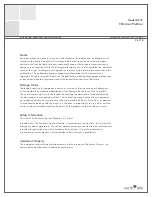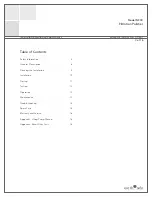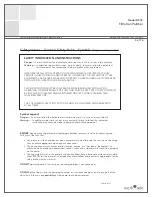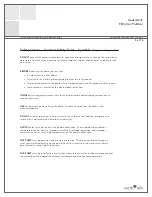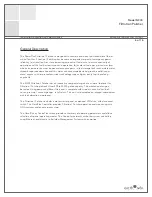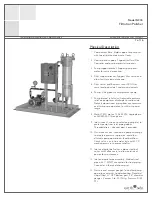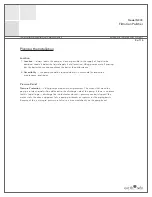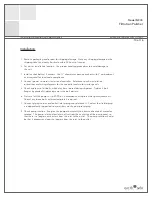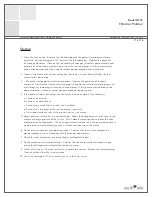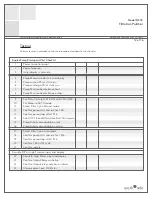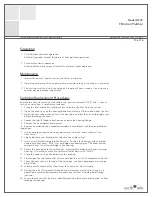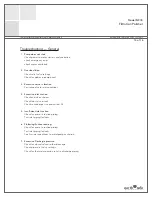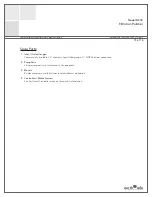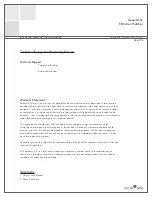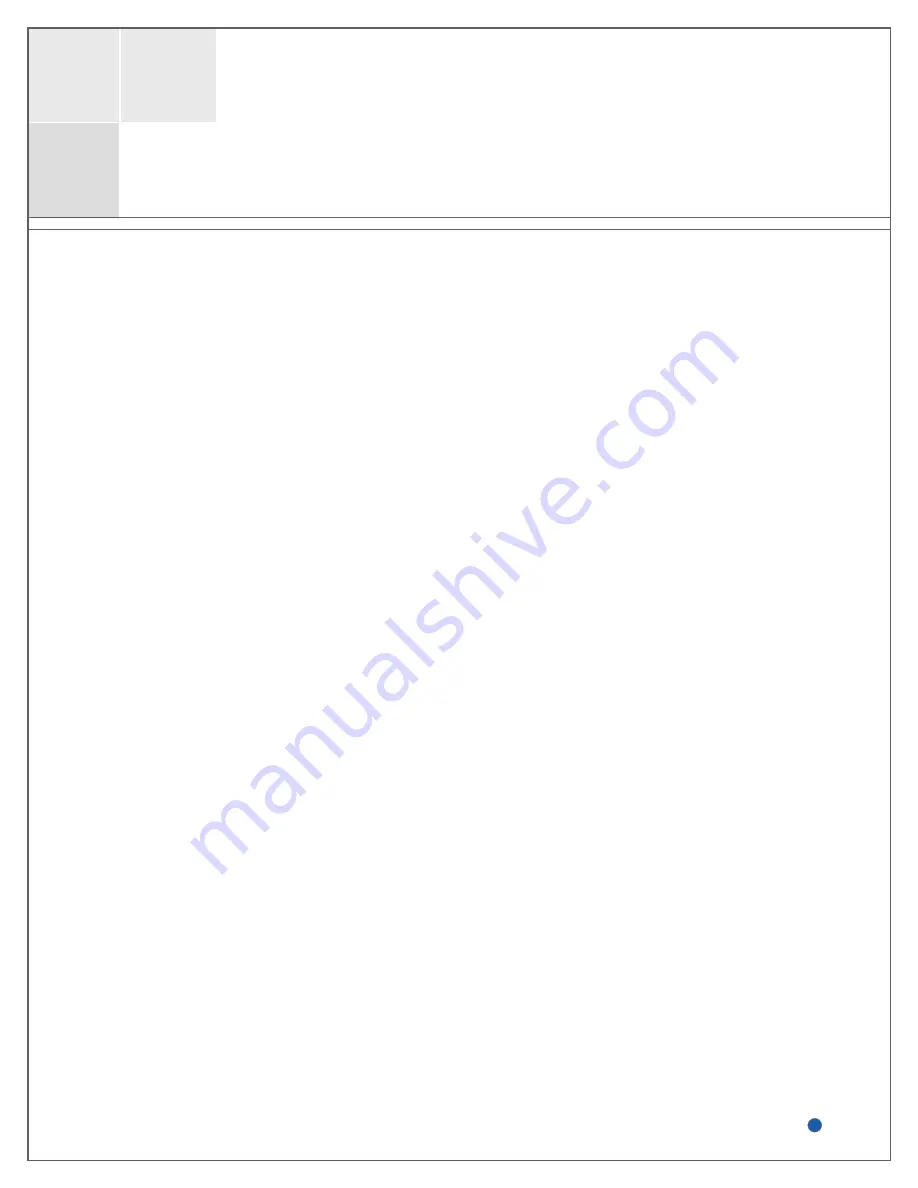
9 of 16
earth safe
Fuel Systems for Critical Power
Piping
The cause of many pumping problems can be traced to suction piping. It should always be as
large and short as practical. Before starting layout and installation of your piping system,
consider the following points:
1. Never use piping smaller than the pump port connections.
2. Be sure the inside of the pipe is clean before hooking it up.
3. Foot valve — When pumping a light liquid with a suction lift, a foot valve at the end of the
suction piping or a check valve in the first horizontal run will hold the liquid in the line and
make it easier for the pump to prime. Be sure the foot or check valve is big enough so that it
doesn’t cause excessive line loss.
4. When approaching an obstacle in the suction or discharge line, go around the obstacle
instead of over it. This minimizes air pockets air pockets which make it hard for the pump to
prime.
5. For a suction line with a long horizontal run keep the horizontal portion below the liquid
level if possible. This keeps the pipe full so the pump does not have to remove so much air
when starting.
6. Be sure allowance is made for expansion and contraction of the piping. Loops, expansion
joints, or unsecured (this does not mean unsupported) runs should be used so the pump
casing is not stressed by the piping.
7. Strainer — The pump inlet strainer will keep foreign objects from going into the pump. The
strainer is particularly important at start up to help clean the system of weld beads, pipe
scale, and other foreign objects.
8. The pump should not be used to support the piping. The weight of the pipe should be
carried by hangers, supports, stands, etc.
9. When fastening the piping to the pump it should not be necessary to impose any strain on
the pump casing. “Springing” or “drawing” the piping up to the pump will cause distortion,
possible misalignment, and probable rapid wear of the pump. Do not use the pump to
correct errors in piping layout or assembly.
10. All joints of the piping system should be tight; pipe sealer will help assure leak-free threaded
joints. Leaks in the suction line reduction in capacity.
11. Provide a pressure relief device in any part of a pump and piping system that can be valved
off and, thus, completely isolated. The rise in temperature causes the liquid to expand; if
there is no provision for pressure relief in the closed off section, there is a chance that the
pump or piping will rupture.
EMERGENCY POWER FUEL SYSTEMS
Model M300
Filtration Polisher
INSTALLATION, OPERATION, AND MAINTENANCE


